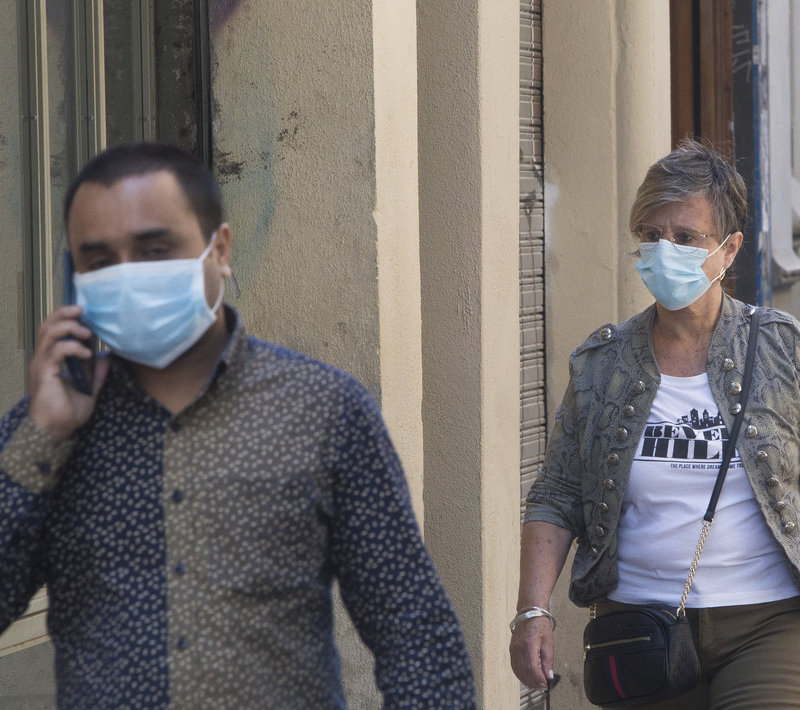“Living too together?”
Back in mid-July, after more than four months, I (reluctantly) set foot in the city of Barcelona. I also made the mistake of driving in the centre, having wisely used public transport in the past.
I love the place and always get a thrill out of going there – we live on the edge of Barcelona province in a small town – but walking through crowds of people in the midst of a contagious pandemic, it was impossible to relax and enjoy myself as I’d always done before.
Yes, most people were wearing masks covering the nose and mouth but around 20 or 30 percent of those in the street were not. Plenty of them appeared to be tourists. The following day, regulations were changed so that it was compulsory to wear a mask in all public places across Catalonia.
I have to say though, the relief I felt when I escaped the absurdly narrow traffic lanes of Gran Via and got the car out near the space and mountains surrounding Josep Tarradellas Barcelona–El Prat Airport was a welcome one.
It seemed almost claustrophobic and unnatural to be in a city of 4.8 million on the day that a city with the same population (Melbourne in Australia) had just been locked down in Covid quarantine for six weeks.
It might also have been in my subconscious but in the days before my unusually disquieting visit, I’d read an article about Barcelona having Europe’s most densely populated square kilometre in Europe. More than 53,000 people inhabit this single 1km² area. (France also has a place with more than 50,000 people in a single km², in Paris.)
The urban zone that breaks this very dubious record lies just south of Barcelona Football Club’s Camp Nou stadium. Unlike older city locals who often refer to places (public squares) as reference points, for me as mainly a travelling teacher, I use Metro stations and recognised this ultra-dense area is between the Collblanc and Torrassa stations on one side. The other corners run along the old N340 national road to near Badal metro stop and down to Santa Eulalia station.
It’s true that technically speaking this compressed cube of humanity is in the “city” of L’Hospitalet de Llobregat but in reality it was originally agricultural land, subsumed by the Catalan capital and (as someone who has spent time working around there) it certainly feels to me like it’s a extension of Barcelona, being only eight stops on the Metro from Barcelona’s centre. When combined, the two “separate cities” make up the second most dense urban area in all of Europe.
It hardly needs saying but this particular part of Barcelona is one the poorest. It has a high number of low-income immigrants but residents say that renting an apartment can still cost 800 or 900 euros a month, which can only encourage overcrowding. This is made worse by the fact that a growing number of people living there are not registered with the local council. This leads to underfunding of social and other services.
Other problems in the area are a simple, natural result of this extreme density: major lack of parking, an almost complete lack of green spaces and related high levels of pollution. Recently, this square kilometre and surroundings have also been a centre of a wider outbreak of Covid-19 in L’Hospitalet de Llobregat.
As a result, I ask the question: If living in each others’ pockets is such a good thing then why aren’t the very richest in society doing it?

